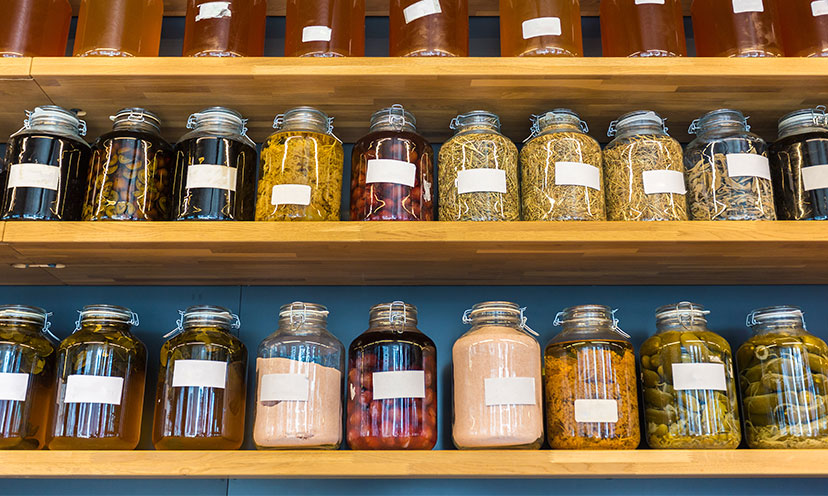Research Prices
The most significant component of being a successful stockpiler is knowing when to move forward with a deal. You must research prices beforehand to know what the best prices are. Sometimes, the right price is a particular percentage off of the product. For instance, the time to capitalize on a retail item is often when it is 70 percent off.
On the other hand, some best prices occur when the product reaches a particular selling point. For example, if the price falls below $1.00, you’ll know it’s time to make your purchase. You can use online sites to monitor price changes. Some of the most common include:
Understand How Long Items Last
You also need to determine the shelf life of your items. If you stockpile perishables and don’t use them in time, you’ll have done nothing but waste money. We recommend making a spreadsheet of the products you wish to purchase and their shelf life. That way, when the time comes to make your purchase, you’ll know precisely when they’ll expire.
The other thing that you should remember is that perishables don’t go immediately from the manufacturer to the shelf at a grocery store. They could already be on their way to expiration when you purchase them. One of the reasons they could be on sale is because their expiration date is closing in. Keep this in mind when you buy your products.
If you’re worried about your purchase
expiring, know that there are some things you can do to increase their
longevity. Set aside space in your home for your stockpiled items. Keep this
space temperature controlled.
Make sure that it’s not too hot and humid, but that it’s also not too cold. Keeping your products at a comfortable temperature with little humidity will keep bugs out and will increase the shelf life of your products.
Get Creative with Space
As mentioned, you must have space in
your home to store your goods. If you have limited space, you’ll need to get
creative with how to handle this space. Start by considering if there are other
places where you can store your goods. Consider places like:
- Attics
- Basements
- Under beds
- Behind couches
- Utility closets
Once you pick out your space, purchase shelves and other creative storage products that will maximize your space. No matter what you pick, you should have everything in place beforehand. That way, when you get home, you can unload everything quickly. If you don’t, you’ll have an endless, heaping mess on the floor.
Figure Out Your System
Once you purchase a few different
types of goods, your storage room will be full. You’ll find it challenging to
keep track of everything that’s inside. You should figure out how you’re going
to do so. For example, you’ll likely want to put the products that you use the
most in the front, much like they do at grocery stores. Keep heavier items on
the floor so that you don’t ruin your shelves.
Another trick is to label the shelves
as you put products on them. Perhaps you use broad labels, such as
“perishables” and “non-perishables.” Or, you can use more
specific tags, like “Kidney Beans” and “Diapers.” There’s
no black and white answer as to the best way to label your goods. So long as
the labels are clear, easy to understand, and work well for you, you should go
ahead and use them!
Part of being able to read labels is
making sure that you have enough light in your stockpile room. This is also
something that you can prepare for before bringing home goods.
One last tip to implement in your system is to designate a point person who can go in and out of your stockpiling room. If you have multiple people going in and out, you’ll quickly lose track of the products in your storeroom. By having one person in charge, you’ll find it much easier to track your inventory.
Know What to Stockpile
When you start stockpiling, you’ll
want to focus on grocery and home goods. But did you know that you could branch
out far and beyond that? We recommend starting with these goods, since they’ll
have the most coupons and deals, and you’ll find it easiest to keep track of
these products.
As you get more comfortable with your system, you can stockpile practically anything. By stockpiling, you’ll always have something on hand. A mini-warehouse, per se. The best part is that you’ll never have to pay full price for anything again.
Start Stockpiling Today
Stockpiling is nothing more than being smart about your purchases. Learning how to start and maintain a stockpile may require a bit of initial work. But once you get the hang of it, you’ll find yourself saving money. You can use this influx of cash to
start a rainy-day fund or
save up for your next vacation. Whatever your financial goals may be, use our tips on how to start and maintain a stockpile.

